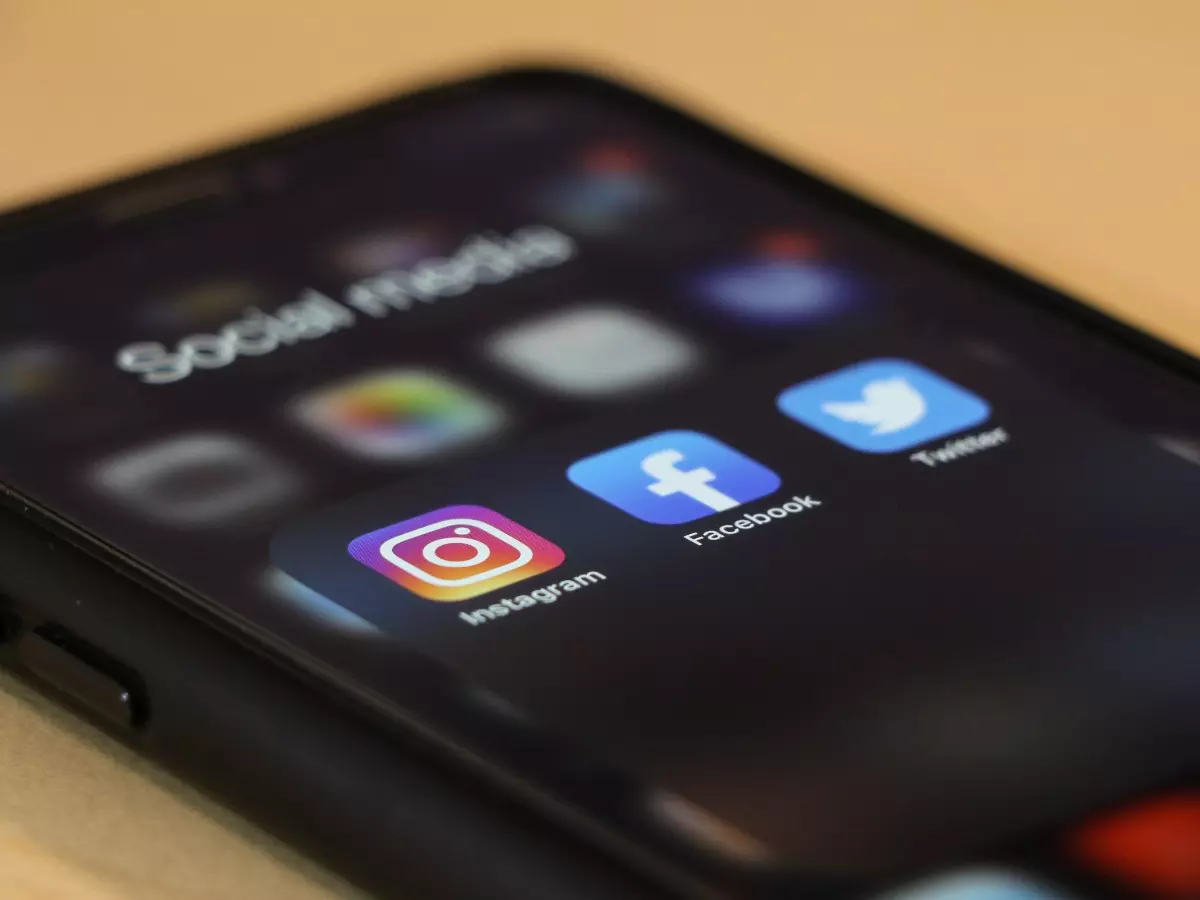How To Protect Your Social Media Accounts From Hacks And Attacks
Social media has changed our lives over the years. Nearly 50% of the global population are social media users to some degree or other. What¡¯s more, people worldwide spend an average of 145 minutes a day on social media.

Social media has changed our lives over the years. Nearly 50% of the global population are social media users to some degree or other. What¡¯s more, people worldwide spend an average of 145 minutes a day on social media. It¡¯s safe to say that a good portion of our day features time browsing around on social media. Whether you¡¯re using Facebook, Instagram, or whatnot, here are several things you can do that can help keep you safe and secure out there:
 Unsplash
Unsplash
1. Go private
Social media platforms like Facebook, Instagram, and others give you the option of making your profile and posts visible to friends only. Choosing this setting keeps the broader internet from seeing what you¡¯re doing, saying, and posting, which can help protect your privacy.
2. Say ¡°no¡± to strangers bearing friend requests
Be critical of the invitations you receive. Out-and-out strangers could be more than just a stranger, they could be a fake account designed to gather information on users for purposes of cybercrime, or they can be an account designed to spread false information. There are plenty of them too. Social media platforms are also taking actions on such fake accounts. Reject such requests.
3. Think twice before checking in
 Unsplash
Unsplash
Nothing says ¡°there¡¯s nobody at home right now¡± like that post of you on vacation or sharing your location while you¡¯re out on the town. In effect, such posts announce your whereabouts to a broad audience of followers (even a global audience, if you¡¯re not posting privately, as called out above). Consider sharing photos and stories of your adventures once you¡¯ve returned.
4. The internet is forever
It¡¯s a famous saying for a reason. Whether your profile is set to private or if you are using an app with ¡°disappearing¡± messages and posts (like Snapchat), what you post can indeed be saved and shared again. It¡¯s as simple as taking a screenshot. If you don¡¯t want it out there, forever or otherwise, simply don¡¯t post it.
5. Watch out for phishing scams
We¡¯re increasingly accustomed to the warnings about phishing emails, yet phishing attacks happen plenty on social media. The same rules apply. Don¡¯t follow any links you get from strangers by way of instant or direct messengers. And keep your personal information close. Don¡¯t pass out your email, address, or other info as well. Even those so-called ¡°quiz¡± posts and websites can be ruses designed to steal bits and pieces of personal info that can be used as the basis of an attack.
 Unsplash
Unsplash
6. Review your tags
Some platforms such as Facebook allow users to review posts that are tagged with their profile names. Check your account settings and give yourself the highest degree of control over how and where your tags are used by others. This will help keep you aware of how you¡¯re being mentioned by others and in what way.
7. Protect yourself and your devices
Security software can protect you from clicking on malicious links while on social media, strengthen your passwords so your social media account doesn¡¯t get hacked, and boost your online privacy as well. With identity theft a sadly commonplace occurrence today, security software is really a must.
About the author: Jasdev Dhaliwal is the Director of Content and Social Media at McAfee. All views/opinions expressed in the article are of the author.









